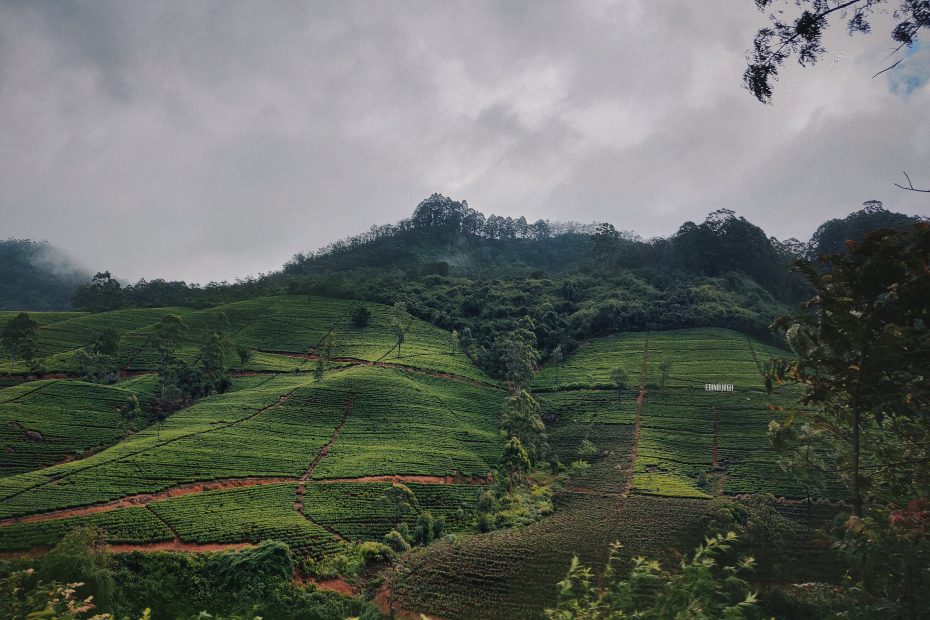Table of Contents
Introduction
With colorful coral reefs, mysterious shipwrecks, and an abundance of aquatic life, the underwater world of Sri Lanka is an alluring destination for scuba divers and snorkelers. The island nation south of India has a diverse coastline along the Indian Ocean, offering excellent conditions for an underwater adventure. From whales and dolphins to sea turtles, Sri Lanka has some of the best diving in South Asia. Let’s dive in to explore the top sites and marine life.
Sri Lanka’s Unique Location and Geography
Sri Lanka’s location in the Indian Ocean has shaped its exotic mix of tropical marine habitats. Along the 1,340 kilometers of coastline, you’ll find everything from protected bays, rocky peninsulas, and picture-perfect beaches. This range of coastal environments shelters diverse ecosystems.
While the southwestern half is more developed, the eastern seaside remains pristine. Various currents converge around Sri Lanka, transporting nutrients that feed the underwater ecosystems. The tropical climate also promotes marine biodiversity.
An Abundance of Marine Life
In these warm, nutrient-rich waters near the equator, life explodes below the surface. Intricate coral reefs host schooling, shimmering tropical fish in an array of shapes and colors. At certain dive sites, you can identify over 200 species of fish, from unicorn fish to angel fish.
Sea turtles, including green, hawksbill, and leatherback turtles, also inhabit these waters. Sri Lanka is one of the best destinations in the world to see blue and sperm whales. Along southern Sri Lanka, dolphins frequently ride boats’ bow waves. Divers may also encounter aquatic mammals like dugongs.
Top Dive Sites in Sri Lanka
With 35 diveable wrecks and over 1,000 miles of coastline, Sri Lanka offers world-class scuba diving. Here are some of the top spots to suit different interests.
Hikkaduwa for Coral Reefs
The beach town of Hikkaduwa has been a popular diving destination since the 1960s. Its shallow protected reef, accessible right from the beach, offers ideal conditions for beginner divers. The reef has an exceptional diversity of tropical fish and sea turtles.
Weligama for Pelagics
On Sri Lanka’s southern coast, Weligama is renowned for encounters with large pelagic animals. The steep drop-offs and deeper waters offshore attract passing whales and dolphins. Conditions can be challenging, so Weligama is better suited to advanced divers.
Trincomalee for Wrecks
On the northeast coast, Trincomalee features remnants of naval battles and shipwrecks from World War II. With over seven wrecks, it offers intrigue and history. Fishing trawler wrecks also provide habitat for fish. Annual wrecks like the British Sergeant add more diving opportunities.
Batticaloa for Seclusion
On the eastern coast, Batticaloa has remained relatively secluded. The quality of reefs and marine life here make it worth the trek. You’ll feel like you’ve uncovered untouched diving. Batticaloa Lagoon offers shallow diving perfect for beginners.
Kalpitiya for Kite Surfing Too
Kalpitiya on the northwest peninsula boasts a unique shallow lagoon. The lagoon’s flat, sandy bottom and clear waters make it ideal for divers and snorkelers of all levels. It also has become popular for kite surfing and water sports.
Planning Your Diving Adventure
The best time for diving in Sri Lanka is from November to April during the dry season. During the southwest monsoon from May to September, heavy rains and choppy seas limit visibility.
Hikkaduwa has the largest selection of dive centers, like Poseidon Diving Station. Contact reputable operators well in advance during peak seasons. Pack sun protection, motion sickness remedies, and waterproof gear. Expect costs of $50-100 per day for diving, equipment rental, and boat fees.
Protecting Sri Lanka’s Marine Environment
Sri Lanka relies on its marine environment for fishing and tourism. But dynamite fishing, polluted runoff, and mass tourism have damaged reefs. Practicing responsible diving, avoiding touching coral, and adhering to laws can help preserve ecosystems. Supporting conservation groups like the Sri Lankan Blue Whale Project also helps protect marine habitats and species.
Conclusion
Sri Lanka offers the chance to dive into an underwater world brimming with life. The island nation provides easy access to vibrant coral reefs, pelagic animals, ancient wrecks, and more. To sustain the health of its marine ecosystems, practices like responsible diving and supporting conservation are key. Diving in Sri Lanka is sure to provide an unforgettable, exotic adventure.
FAQs
What types of marine life can you see diving in Sri Lanka?
Some top marine life in Sri Lanka includes sea turtles, tropical fish, manta rays, whale sharks, blue whales, dolphins, and even aquatic mammals like dugongs. The diversity is impressive.
When is the best time to go diving in Sri Lanka?
The best diving conditions are during the dry season from November to April. Try to avoid the rainy southwest monsoon season from May to September when heavy rain and waves decrease visibility.
Where are the best dive sites for beginners?
Hikkaduwa and Batticaloa Lagoon are ideal for beginner divers, with shallow protected reefs and calm conditions for divers to learn. The shallow lagoon in Kalpitiya is also beginner-friendly.
What should you wear and bring for diving in Sri Lanka?
Pack sun protection, motion sickness tablets if needed, a waterproof dive computer, swimsuit, rash guard, flippers, mask, and any other personal dive gear. Many equipment rentals are available locally.
Why is protecting Sri Lanka’s marine habitats important?
Sri Lanka’s coastal communities rely on fishing and marine ecosystems impact tourism. Preserving coral reefs and conservation helps maintain essential habitat for aquatic life and protects this resource. Responsible diving practices help avoid further damage.
